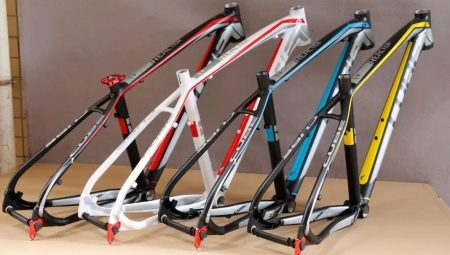A bicycle frame is something without which the other components of the bike would not contact, would not interact with each other. Without a frame, a bicycle would not be a single whole; it would have been impossible to drive to even the neighboring quarter, not to mention the long trips and cycling trips.
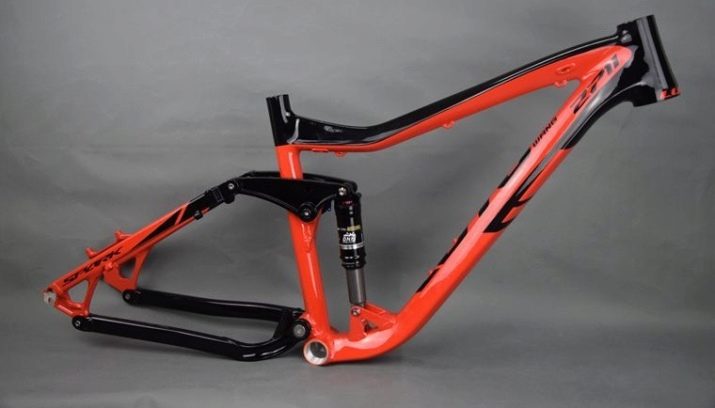
Why is it important to know the size of the frame?
Each person has their own height and weight. Choose an average option - for example, for growth of 175 cm is possible. But only on condition that you live in such a wilderness where the choice of a regional bike shop is limited, and you do not want to wait from several weeks to several months to deliver an order from Moscow or China. In all other cases, the first parameter by which the bike is selected is the size and size of the frame.
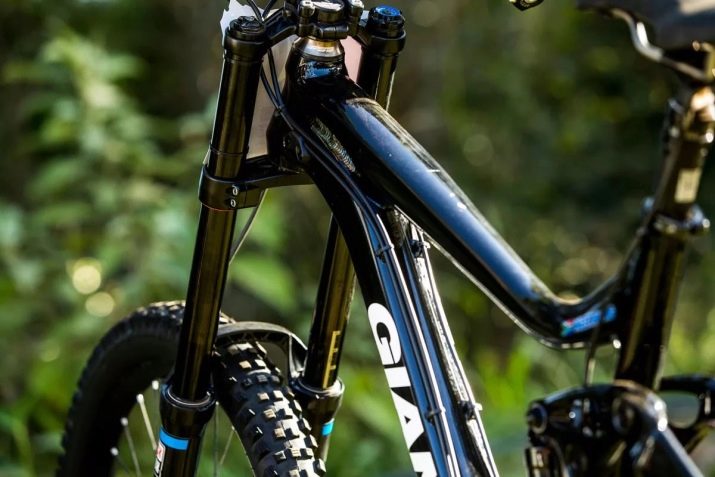
Having made a mistake with the choice of the bike loop, you will turn the bike into a "tormentor" who is more mocking at you than brings pleasure from riding.
To bend in three deaths on a teenage bicycle or, on the contrary, with low growth, it is barely possible to reach the pedals with your feet, because the upper tube of the frame almost rests between your legs - a dubious pleasure.
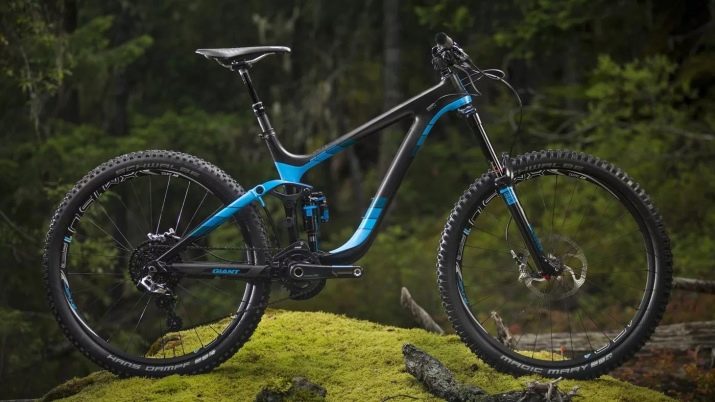
Determination methods
You can find out the size of the bicycle frame using a simple (universal) method or by applying the most comprehensive calculation method (it relies on other characteristics of the frame and the future owner of the bicycle).
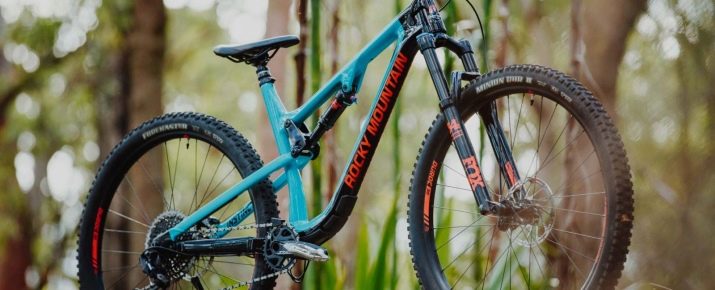
Universal rule
This simple method is based on the value of human growth. Stand against the wall and attach a book or tablet to the crown of your head. Mark on the wall a point equal in height to the crown of the head. Measure this distance with a tape measure.

Find the obtained growth value or the one closest to it in the table.
Biker height, cm | Frame height for Citibike or Hybrid Bike, inches | The height of the frame for the mountain model, inches | All bicycles in letter terms |
130–155 | 14 | 13 | XS |
140–165 | 16 | 15 | S |
155–180 | 18 | 17 | M |
165–185 | 20 | 19 | L |
180–195 | 22 | 21 | XL |
190-200 | 24 | 23 | XXL |
To verify that the selected frame size is right for you, stand over the frame of the bike. In this case, the front end of the saddle should be at the level of the lower back. The distance from the upper tube of the frame to the crotch should average 10 cm.
This distance of less than 5 cm increases the risk of injury, and more than 15 cm will reduce handling.
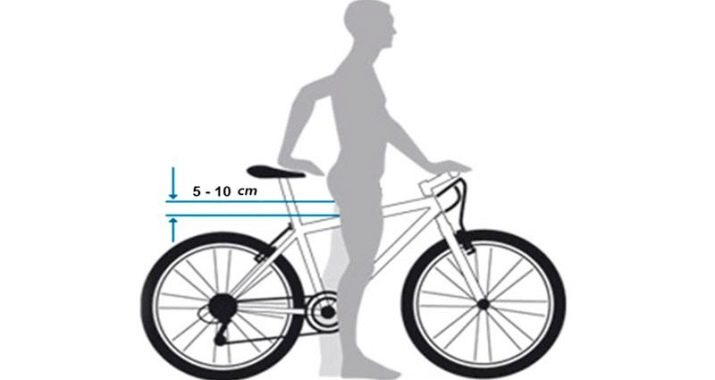
Choosing a female bike
For ladies, the above sizes are slightly different.
Girl's height, cm | Rostov inches |
150–160 | 14–15 |
160–170 | 16–17 |
170–180 | 18–19 |
180–190 | 20–21 |
Over 190 | 22–24 |

A girl can check whether a bicycle is suitable for her in the same way - if she prefers a frame with a top tube raised high, like on a men's bike. An example is a road bike. In cases where this tube is omitted, or a folding bike model with a single bottom reinforced tube is used, this step can be skipped.
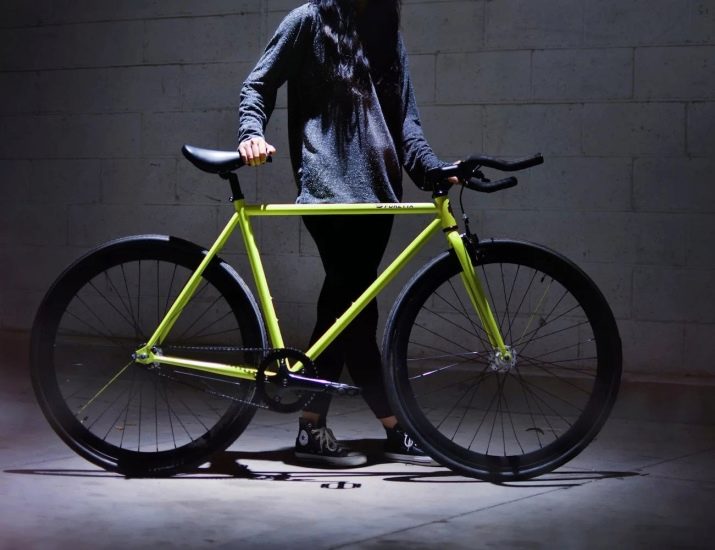
For a child or teenager
Choosing a bicycle for a teenager in terms of frame size is not much different from similar actions for men and women. But during emergency braking, the child must reach with his feet to the road on which he is traveling - if, for example, the brakes fail.
Here, the diameter of the wheels comes to the fore, and not the length or size of the frame.
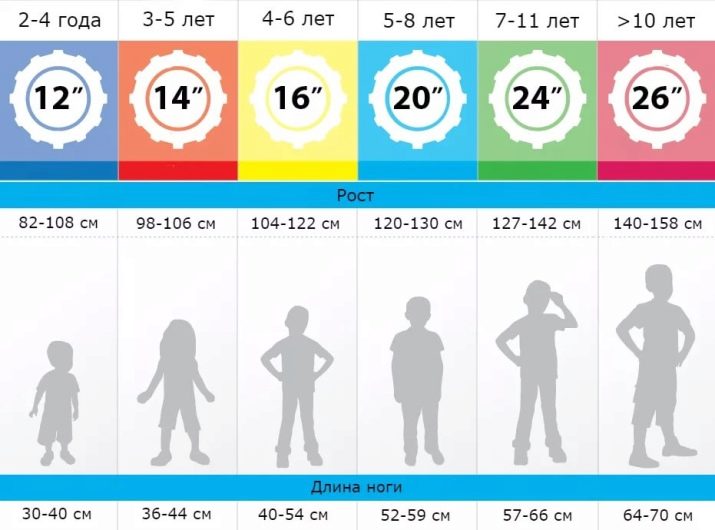
Child height, cm | Diameter of wheels, inches |
80–100 | 12 |
90–110 | 14 |
100–120 | 16 |
110–130 | 18 |
120–140 | 20 |
130–150 | 24 |
Above 150 | 26, 27.5, 28, 29 (according to the size of the frame and other parameters) |
In Soviet times, when the choice of bicycle models was small and was calculated only 15-20 models, The main emphasis for adults of different stature was also made on the diameter of the wheel, and not on the geometry of the frame.

Another formula for men
Using a tape measure and the same tablet or book, measure the distance from the floor to the crotch, and not to the crown of the head. Multiply the resulting value by 0.57 - for mountain bikes (including double suspensions). For track bicycles, a coefficient of 0.63 is used. When choosing a highway model - a factor of 0.66. At the touring bike, the multiplier for calculating the frame size is 0.61, if the depreciation seatpost is used, another 5 cm is subtracted from the obtained value. To translate the result into inches, divide the result by 2.54.
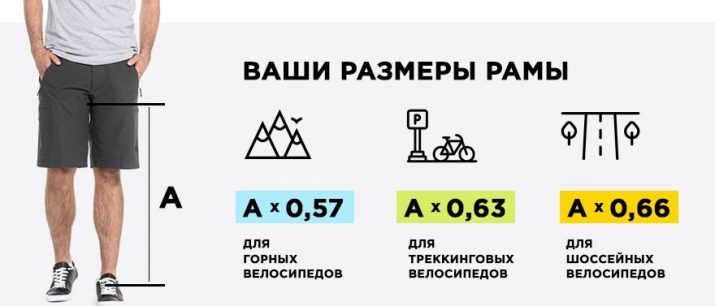
Scientific approach
A more accurate and reasonable calculation will allow you to get maximum comfort from riding your chosen bike.
Not only the frame size is important here - its effective length, or ETT value, is equally important.
For ETT calculation, the length of the line parallel to the road surface is taken. This line starts at the center of the steering cup (front end of the frame) and ends at the point where the seatpost continues. The beginning and end of this line coincide with the center section of both pipes. The following scatter of values allows you to choose the most comfortable bike according to a rule that uses ETT values.
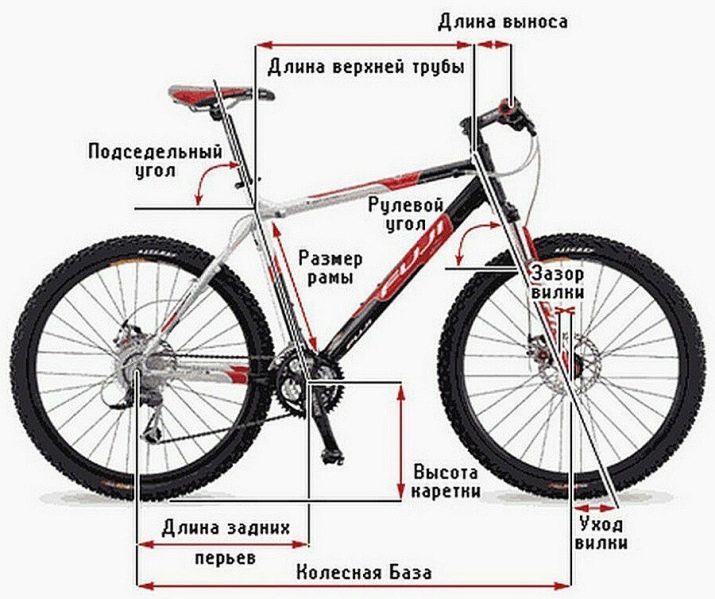
The latter are for racing, sports bikes.
Biker height | ETT value |
150-165 cm | 580-590 mm |
165-175 cm | 590-605 mm |
175-185 cm | 605-630 mm |
185-195 cm | 630-650 mm |
This approach is used in conjunction with the previous one. That is, along with the size it is recommended to check the value of the effective length of the bike. Choosing too short a model will not allow you to keep your back straight when riding. A bike that is too long is also a hi for stretching joints and back muscles.
For unsportsmanlike (for example, urban, road models) 5% are deducted from the above ETT values.
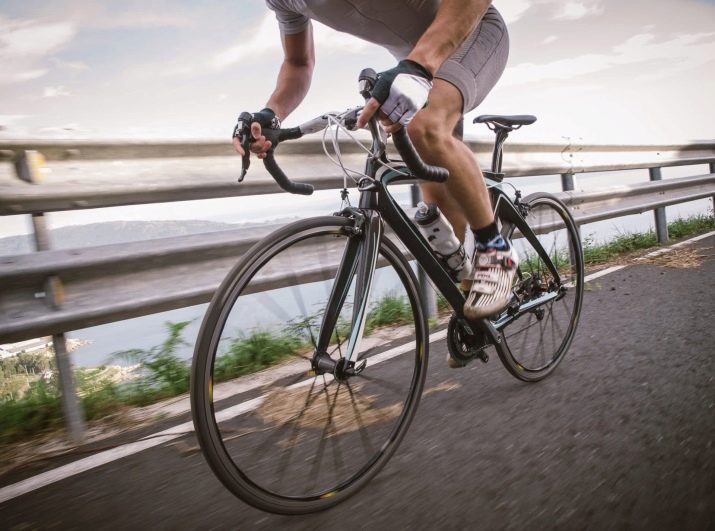
The effect of growth on the length of the frame
With modern bikes, it is not possible to adjust the height of the steering wheel. An exception is urban (road) bikes with one or more speeds. You will not be able to rearrange the steering wheel to the desired mark, which cannot be said about the height of the saddle. For an example, let's turn to road bikes. Their speed is due not only to lightness (complete absence of unnecessary parts, lightweight carbon frame), but also to the ride of a rider.
Riding overcoming the resistance of air (and wind), “sprawling” over the frame, when the position (height) of the head approximately coincides with the position of the backside, is much easier.
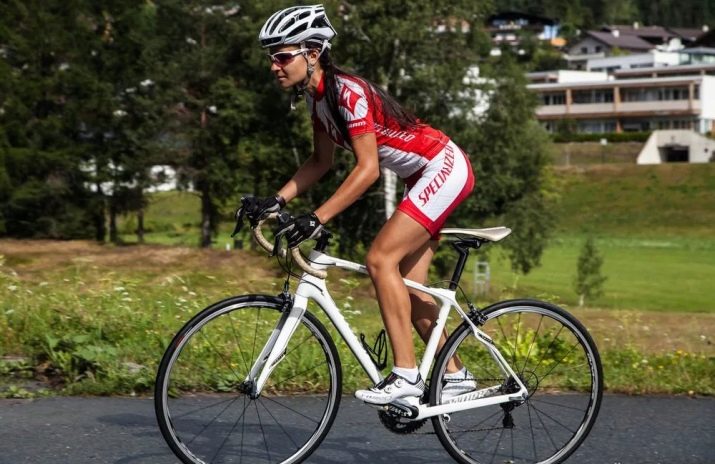
The length of the road frame is noticeably longer than that of the standard "road". Soviet bicycles, including single-speed ones, were produced with longer frames than modern single-speed ones. Nevertheless, growth also affects the length of the frame.
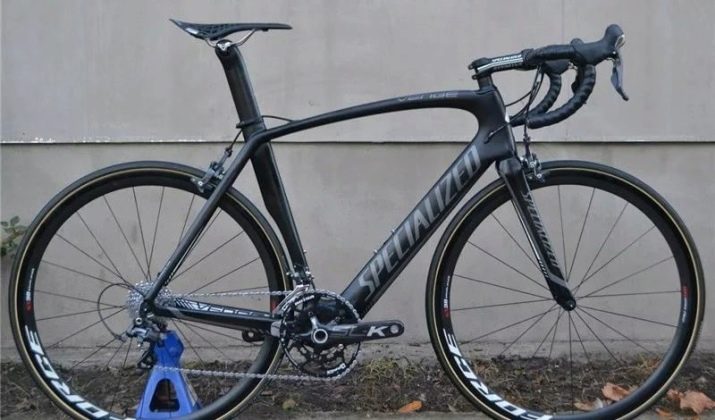
Having chosen a bike that is too short, the owner must somehow compensate for this shortcoming by raising (or increasing, if adjustment is not available) the rudder extension. The seat post also rises (or builds up) as much as possible. For all types of racing and touring bicycles, a long frame is well suited to tall people - when riding in a lift or against the wind, such a person spends much less effort.

Tips from experienced cyclists
The main requirement for choosing a frame is still the duration and magnitude of your routes. Buying an initial (walking) fee, you think you will save, but in fact it is not. For the savings, you will pay off overtraining, fatigue and joint pain.

For a pleasure bike, the frame size is unimportant: the loads are small, as are the distances.
Adjust the steering wheel and saddle so that it is more convenient to ride, sit on the bike and get up from it.
Once you have completed the beginner level, determine what height you lower the steering wheel and raise the saddle. The frame should not be short. You might be changing your city bike to cross country, hybrid or racing.
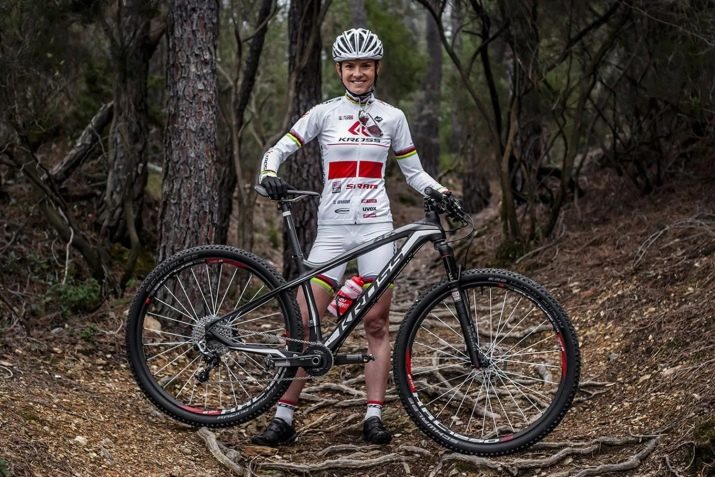
For women, a bicycle is chosen mainly from a mountain, two-suspension, highway or with a special lowered geometry without a top tube (including folding). The wheel is taken higher, the saddle is wider. For lovers of fast driving, it is the racing model that suits them. If the growth does not fully correspond to the specific size of the frame, the smaller one is chosen for walking, the larger one for frequent and long-distance driving.
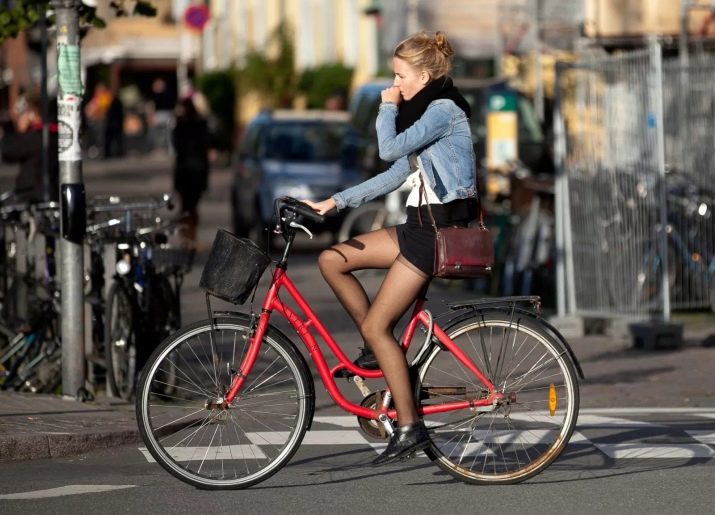
If you buy a bike with 29-inch wheels, the frame for it is taken one size smaller than for 26, 27.5 and 28-inch wheels.
General rule: the larger the diameter of the wheel, the smaller the size of the frame.
For tall and heavier cyclists (size L), bikes with a reinforced frame are chosen - thicker pipes. Too big a size will lead to periodic crotch bruises when you get off the bike. If it is impossible to check the bike in business (when it is purchased via the Internet), check the ETT value, it should correspond to your height and weight.

In the next video, you'll learn tips for choosing the right size for your bike frame.
